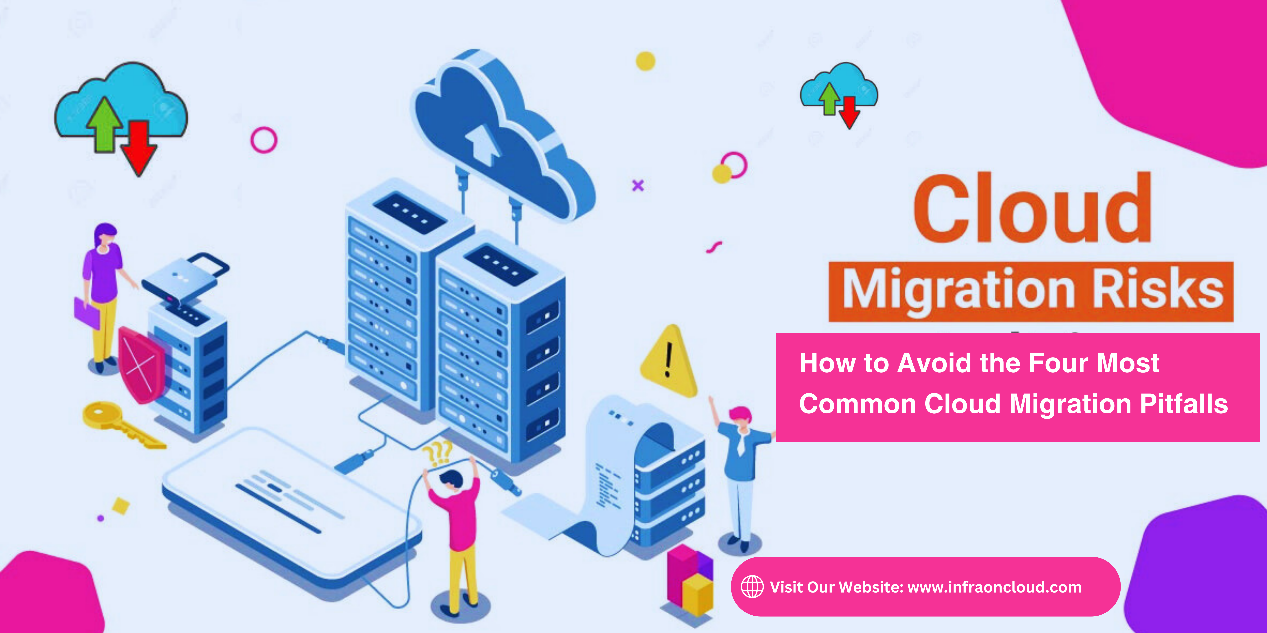Migrating to the cloud holds great promise, offering scalability, flexibility, and cost savings. However, without a careful approach, the journey to the cloud can be fraught with challenges. To ensure a smooth transition and avoid common pitfalls, it’s crucial to strategize and plan effectively. Let’s explore four key mistakes to avoid and practical tips to navigate your cloud migration journey successfully.
Absence of Strategy and Planning:
One of the most common mistakes is diving into cloud migration without a clear plan. Rushing the process can lead to errors, inefficiencies, and unexpected costs. Take the time to assess your current infrastructure, define objectives, and develop a detailed migration plan. Consider factors such as workload compatibility, data security, and regulatory compliance to ensure a seamless transition.
Migration Complexity is Underestimated:
Cloud migration involves moving a diverse range of workloads, applications, and data to a new environment. Underestimating the complexity can result in disruptions, data loss, and downtime. Conduct a thorough inventory of your resources, assess compatibility with the target cloud platform, and prioritize migration tasks based on importance and complexity. Consider leveraging the expertise of cloud migration consultants to guide you through the process effectively.
Ignoring Compliance and Security:
Security and compliance should be top priorities in any cloud migration project. Neglecting these aspects can expose your data to breaches and legal violations. Implement robust security measures such as encryption, access controls, and threat detection throughout the migration process. Choose a cloud provider like InfraonCloud, that adheres to industry-leading security standards and maintains necessary compliance certifications to safeguard your sensitive data effectively.
Neglecting Performance Optimization:
While the cloud offers performance and resource optimization benefits, overlooking optimization efforts can lead to subpar performance and increased costs. Monitor resource usage, performance indicators, and expenses closely to identify areas for improvement. Utilize performance monitoring tools, cost analysis techniques, and automated scaling features provided by your cloud provider to optimize your cloud environment continuously.
By avoiding these common pitfalls and adopting a strategic approach to cloud migration, businesses can unlock the full potential of the cloud to drive innovation and growth. With careful planning, proactive risk management, and the right expertise, businesses can overcome the challenges of cloud migration and achieve their goals effectively.
![]()

